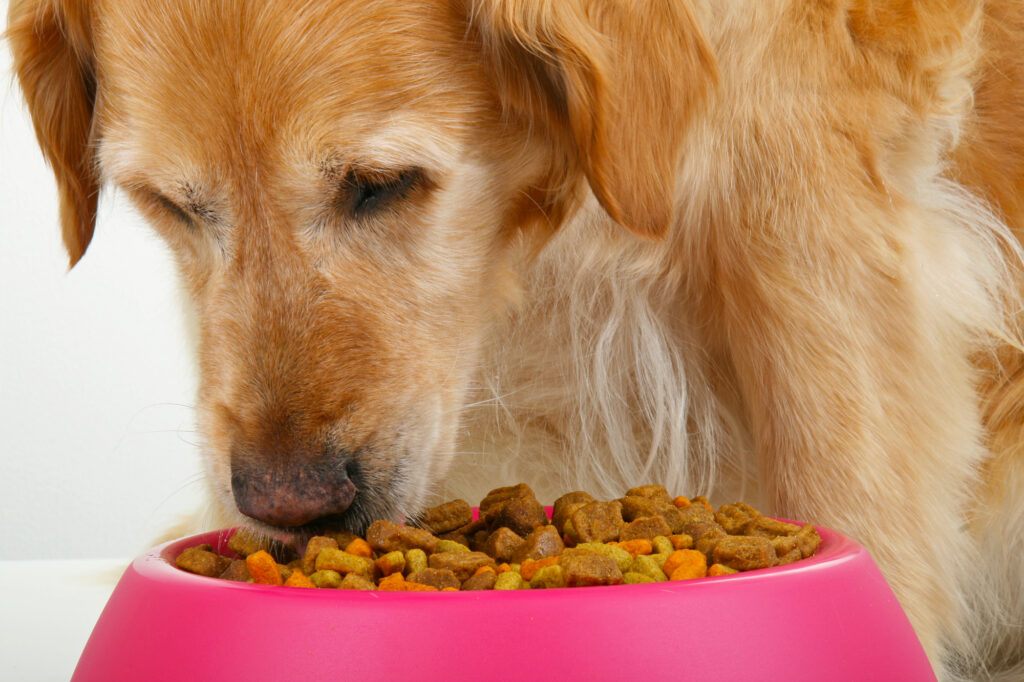Traveling with a pet can be quite difficult without the aid of a safe per carrier, but choosing one to suit your pet’s individual requirements can be quite a task. Even if you don’t intend to travel very much with your companion, he/she may still require a short trip to the vets, local kennels, etc, at some time in its life.
What to look for
You will first need to know exactly what type of carrier will suit the type of pet you own, and what mode of travel it will mainly be used for. If you intend to travel by rail or plane, for example, you will need to find something very strong and sturdy that can withstand any knocks or bumps. You will need to ensure that the carrier is the correct size for your pet too, so that it can stand up, turn round, and lie down comfortably inside without feeling insecure in an area that is too big for it – the addition of built-in feeders and extra padding may also be a good idea for longer journeys to add extra comfort. There are carriers available that are actually approved by the International Air Transport Association, and these are obviously ideal for any pet that needs to use this mode of transport.
You will then need to look at the safety of the carrier door; does it fasten securely, and are there any rough parts that could injure your pet during transit? Look carefully at the strength of the carrying handle, and check whether there are any seat belt slots for securing the carrier in a car or other motorized vehicle. Another thing to consider is how easy the carrier is going to be to clean and keep fresh whilst on the move. You will need to look at the base of any suitable carriers to see if it they can support some kind of absorbent lining, as this will help to retain any moisture in the carrier and prevent leakage.
Pet carriers come in a wide variety of materials, colors, and designs; you can opt for hard plastic, soft-sided, or even collapsible models to suit your needs. If you feel that the weight of your pet is going to be an issue whilst carrying, then why not choose a carrier on wheels or one of the buggy style carriers.
Things to remember
Once you have purchased a suitable carrier for your pet, you must remember to label it up with your contact details, and then make sure that all tags are securely fastened on and out of the way of your pet. When using certain types of carriers, you may need to consider using directional arrows to ensure that your pet is always kept in an upright position. For long-distance travel, it is also a good idea to take any medical and vaccination documents with you too, just in case they are required during your trip.
It is always worth investing in a good quality pet carrier, especially if you intend to travel regularly with your pet, as it will last much longer and give you the satisfaction of knowing that your pet is safe and secure whilst on the move.

